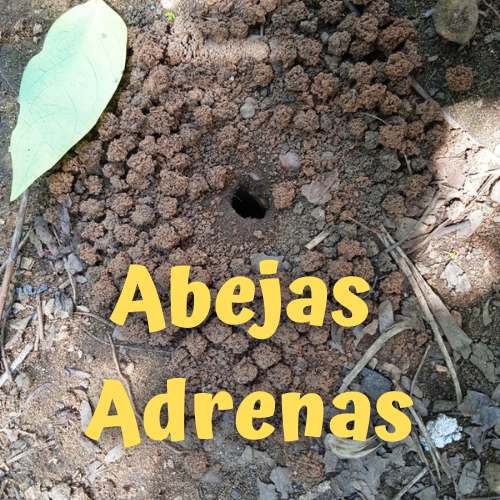
The day before yesterday, in the afternoon, I went out to the lot with my animals. It is usual for him to do this, to go out there several times a day; however, on that occasion I saw with concern something that I did not expect to see: A large anthill near the plants of Lippia alba, known in Venezuela as lemon balm.
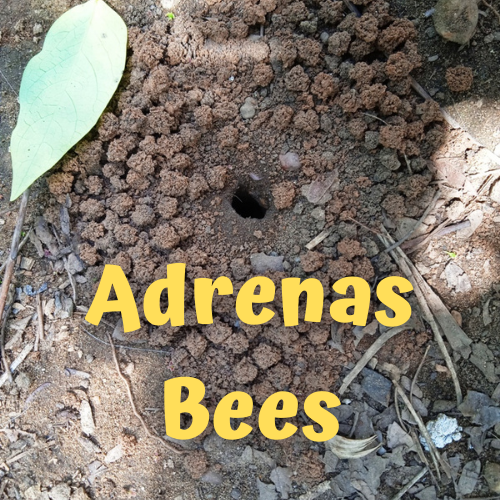

I approached carefully and noticed that there were no ants, even though the entrance to the anthill was perfectly dug, as you can see below:


While I was observing and photographing the anthill, I felt that something was walking on my nape and neck, I passed my hand carefully and this lady spider fell to the ground. I don't know what variety it is, but I wanted to show it to you in case any of you know its common or scientific name. I found the ability to mimicry that it has great. I guess that spider landed on my neck from one of the leaves of the banana plant nearby:
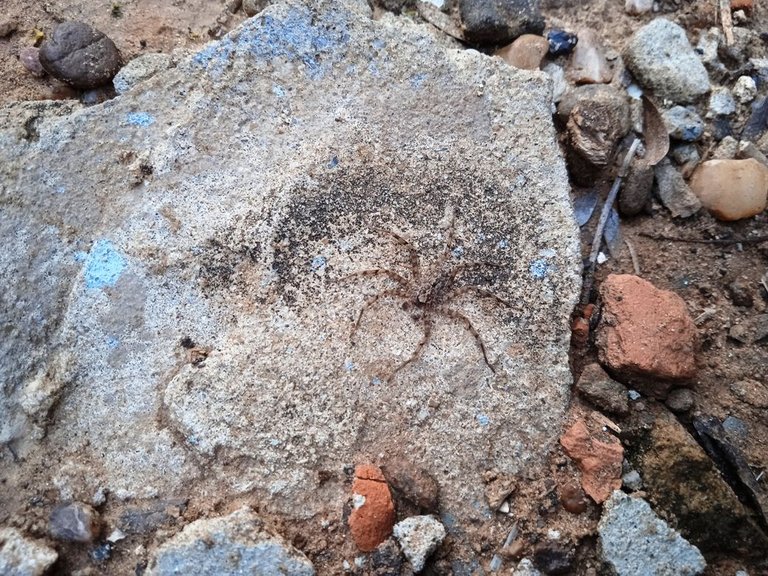

The following noon, that is to say yesterday, Wednesday, I returned to the lot and observed what I thought was a nest of ants, and oh surprise! I found that it was a nest, but of some other insect, because the entrance hole was enormous, of more than a centimeter in diameter and the clods produced by the excavation were not fine as one usually sees in an anthill, but large and round, so it was a larger insect. I was thinking about the possibilities, bachacos (cutter ants), they are not because they would be passing through the area and there was no specimen inside or in the surroundings; then I thought it might be earthworms, but the clods were very big; so I started to inspect the whole lot, and I found 20 nests in all. I photographed 5 of them, and here I share them with you:
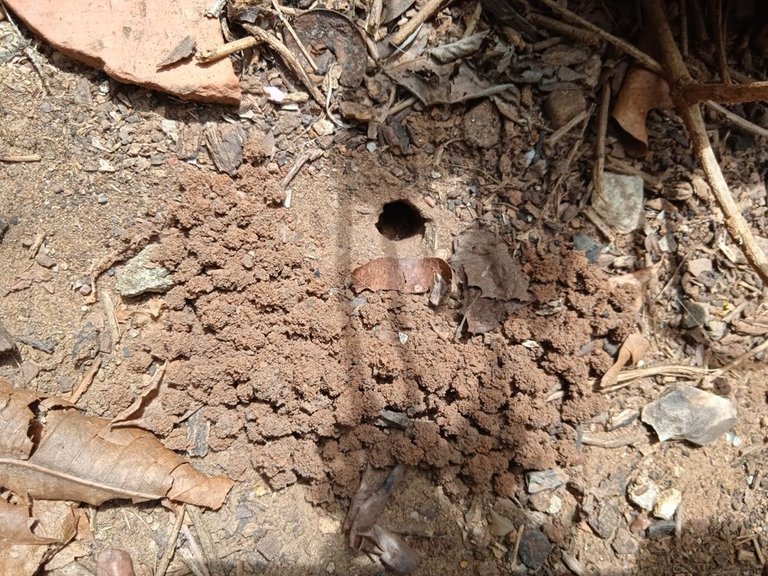
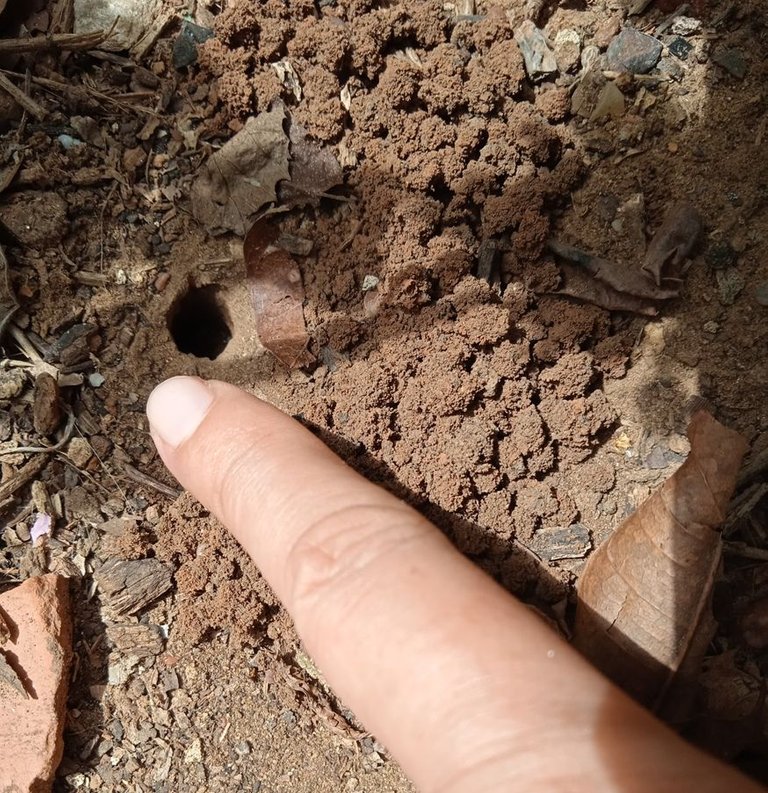
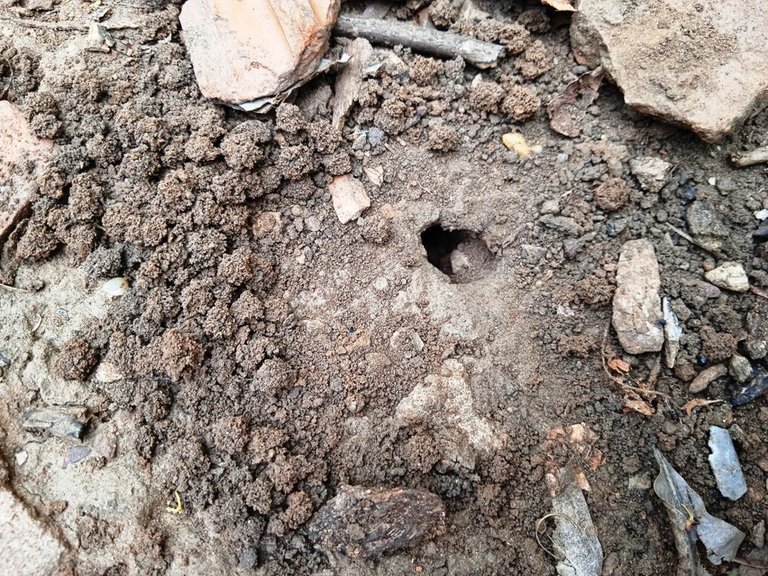

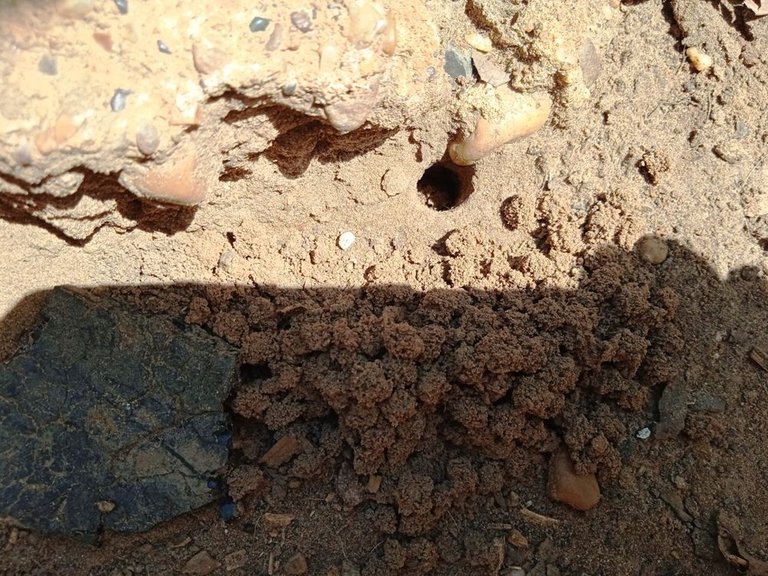
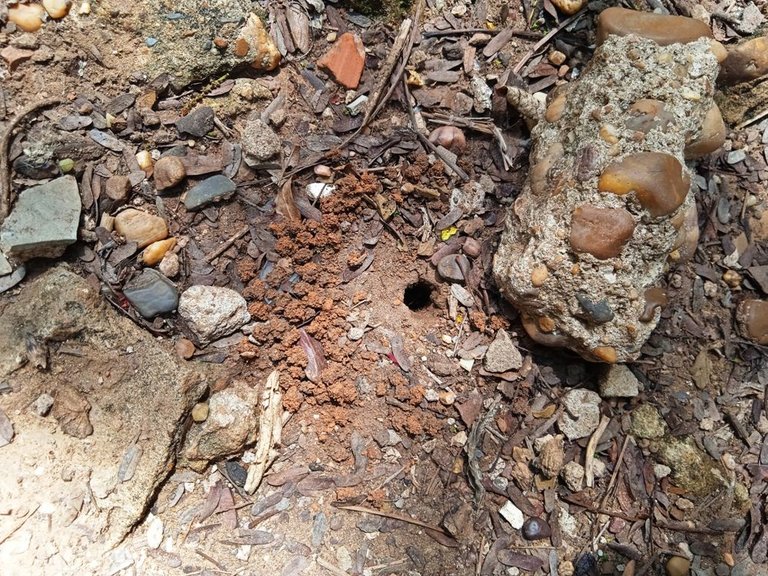

In two of them I found ants. In the first one I saw that they were ants that have a very painful sting (fire ants), I don't know the scientific name. In another I saw another variety of ants, more innocuous. In both cases, I presume that they were opportunists, since they found a hole in the ground, and proceeded to occupy those “houses”. As there have rarely been fire ants in my lot, I decided to kill this problem at the root, using a poison, which to be honest I do not like to use at all, because it is an agrochemical, but sometimes radical solutions are necessary, and I proceeded to spray the inside of both holes with said poison.
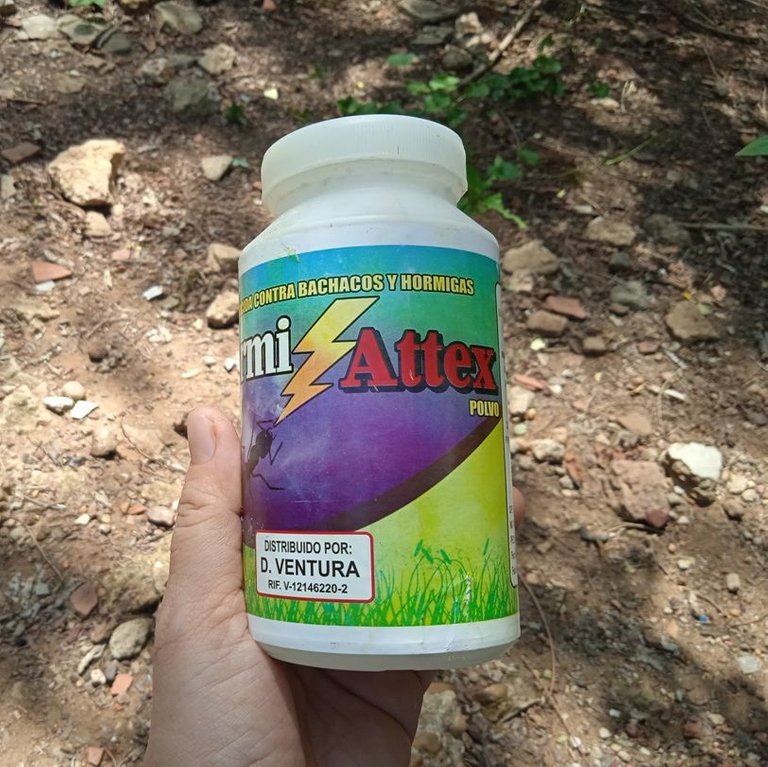
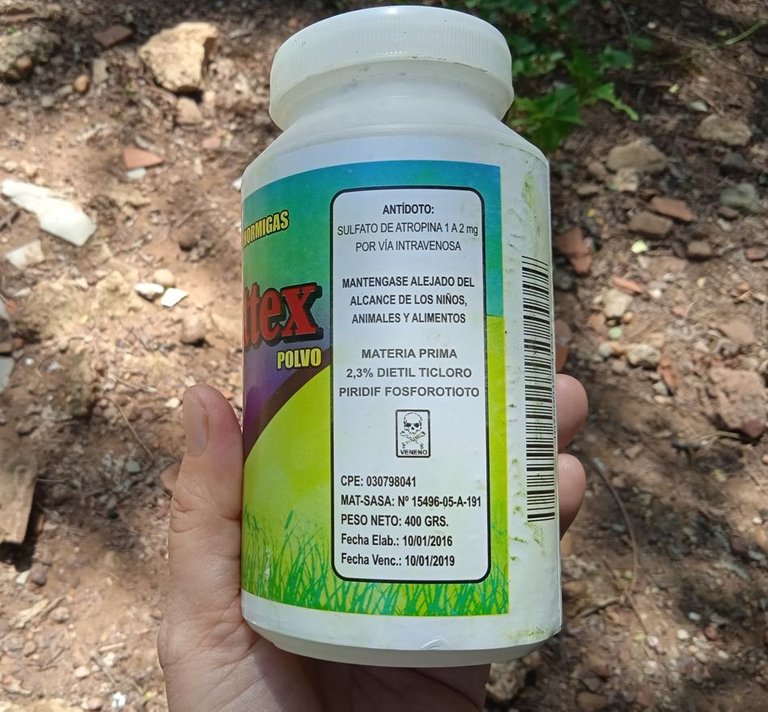
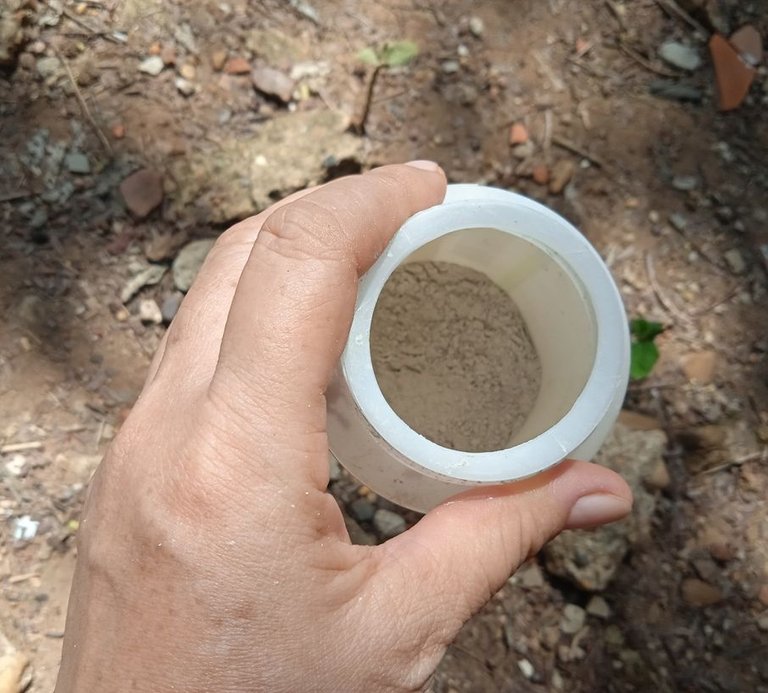
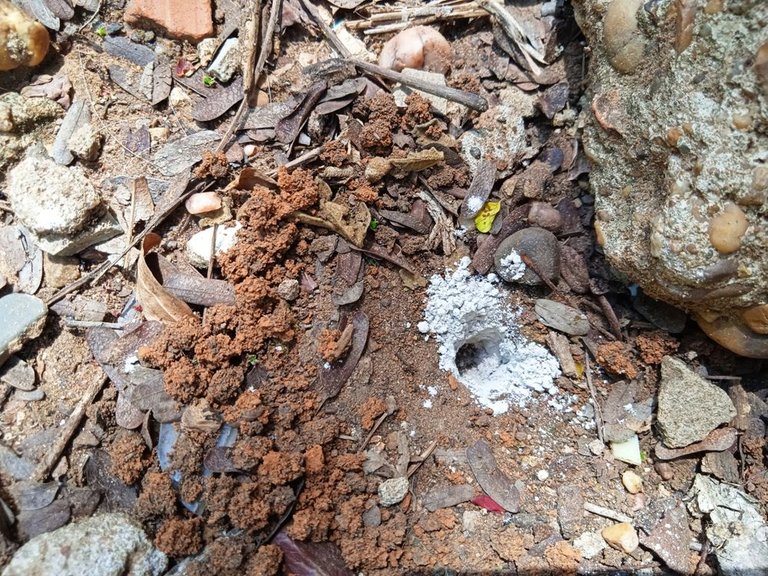
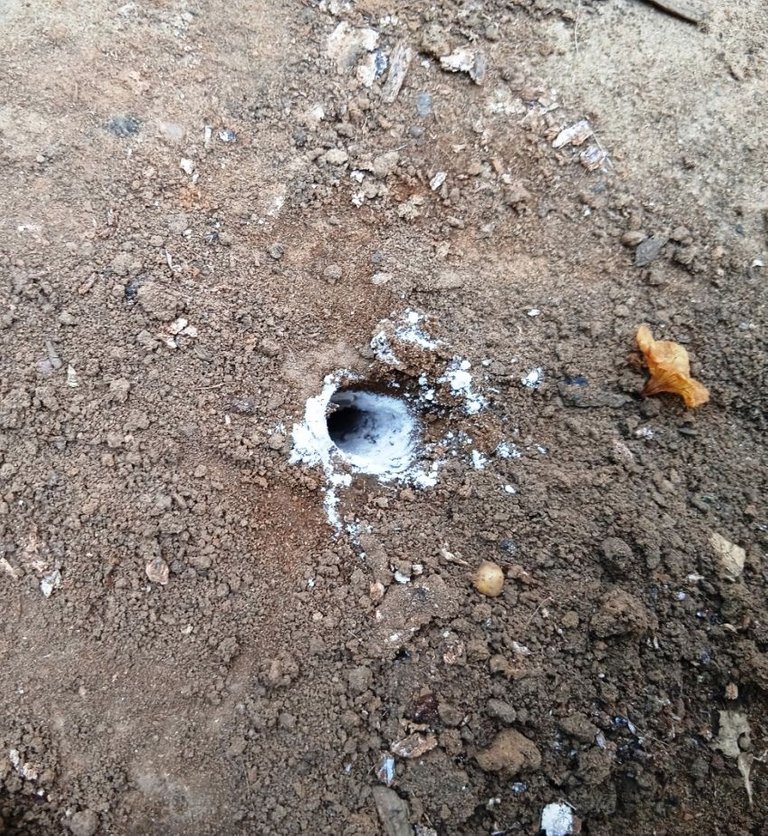

When I was wondering if they were anthills or not, an idea lit up my brain, and I remembered some green bees that I photographed a long time ago, and I thought that they could be nests of this type of insect. So, I looked around me and noticed that thanks to the few rains that have fallen, my plants have turned green and red cherry trees (Malpighia emarginata) are no exception, they have many flowers and buds with a pleasant smell; and there are a large number of bees that are different from the common Apis, sipping their flowers together with the meliponas angelitas (Tetragonista angustula). These bees to which I refer, are a little larger than the common Apis, plumper and have hair all over their body; they are also very noisy and very fast in their flight, characteristics that they share with the green bees that I saw in my lot long ago; and I verified this by researching on the internet, where I found references to this type of bees and photos of the entrance to their nests, which looked very similar to the ones on my lot.
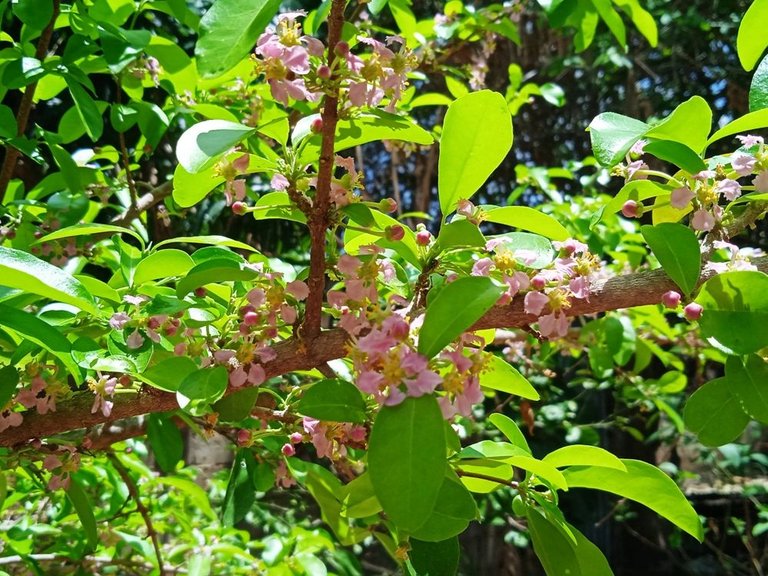

Today at noon, I went back to the lot and wanted to photograph these bees while they sucked, but it was impossible, they are very delicate and fast, and although I tried to be very respectful and remain silent for a long time, as soon as I raised the cell phone, they quickly flew to another branch . I only managed to get a relatively decent photo of an angel bee feeding. In the other three photos the silhouette of the andrena bees can be seen, but it is somewhat blurred.


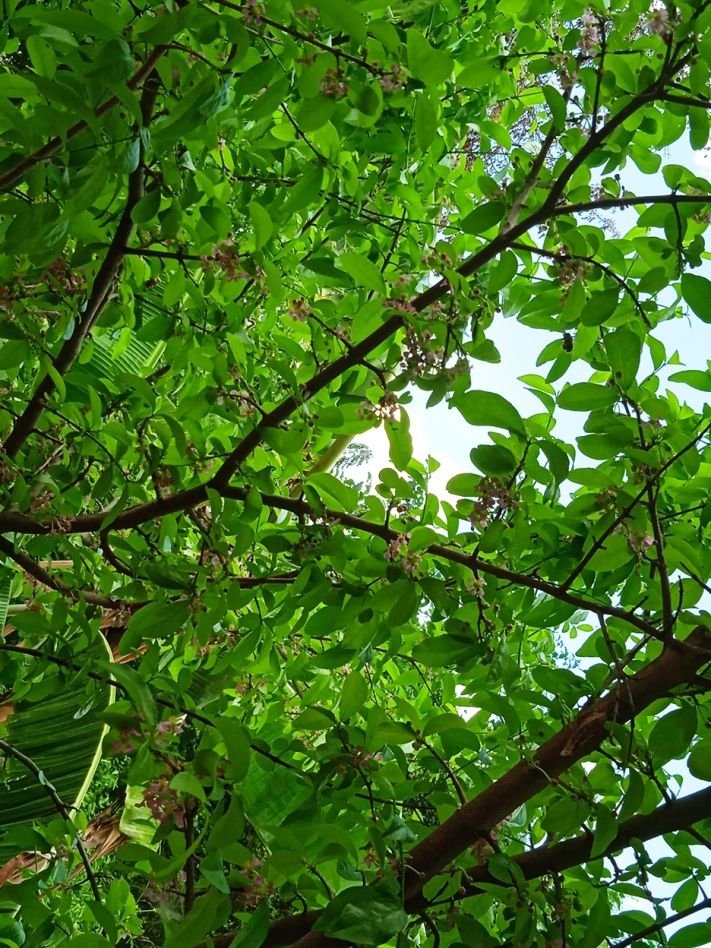
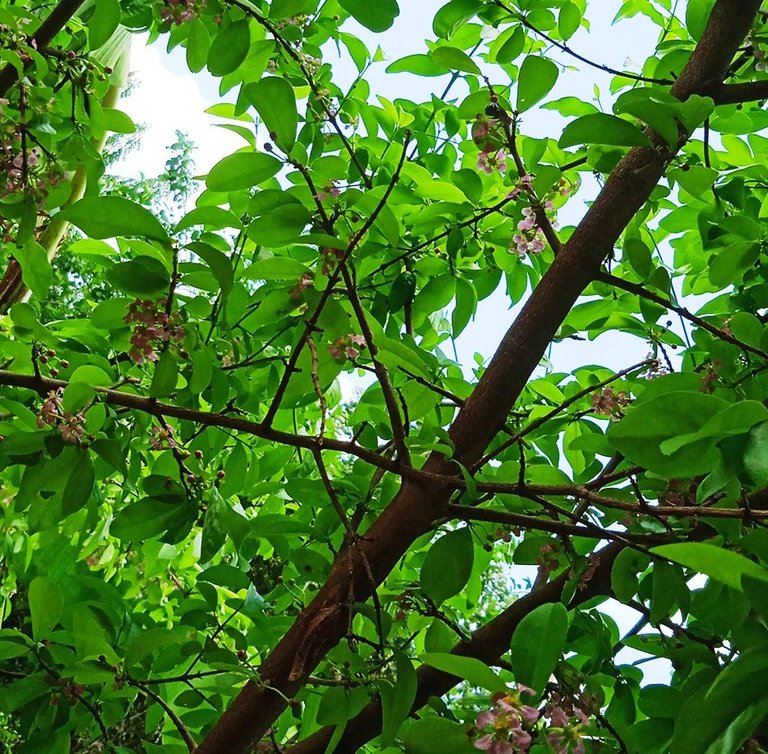
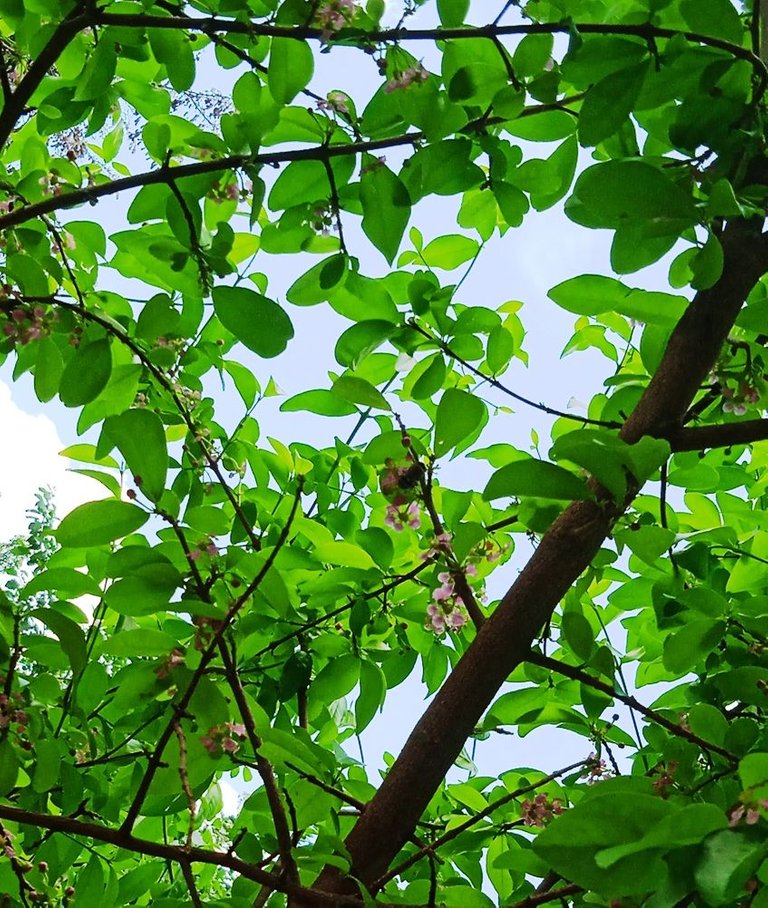

Son abejas que pertenecen al género Andrenidae, con más de 1.300 especies conocidas.
Supuestamente no existen en Sudamérica ni en Australia, aunque yo vivo en Venezuela, que se ubica en la parte Norte del continente (queda en el Hemisferio Norte), quizás por eso habitan acá; aunque el clima del sitio en el que vivo no es templado, sino tropical. O quizás estoy equivocada en la clasificación de este género…
Son abejas peludas, todo su cuerpo a excepción de alas y ojos, está cubierto de pequeños vellos, que les confiere un aspecto gracioso, parecen unos minipeluches. Además, estas son regordetas y con franjas amarillas y negras.
Son insectos solitarios, que no conforman colmenas, sino que viven como en una vecindad, cada quien en su casa, aunque las construyen una cerca de la otra y eso lo observé en mi solar.
No producen miel, solo cumplen una función como polinizadores.

My search on the Internet led me to find information related to these bees (I quote the sources at the end of this post, since I did not copy verbatim, but I did extract data from both pages). We can point out the following:
- They are bees that belong to the Andrenidae genus, with more than 1,300 known species.
- Supposedly they do not exist in South America or Australia, although I live in Venezuela, which is located in the northern part of the continent (it is in the Northern Hemisphere), perhaps that is why they live here; although the climate of the place where I live is not temperate, but tropical. Or maybe I'm wrong in classifying this genre...
- They are hairy bees, their entire body except for wings and eyes, is covered with small hairs, which gives them a funny appearance, they look like mini stuffed animals. In addition, these are plump and with yellow and black stripes.
- They are solitary insects, which do not form hives, but live as if in a neighborhood, each one in his own house, although they build them one near the other and I observed that on my lot.
- They do not produce honey, they only fulfill a function as pollinators.
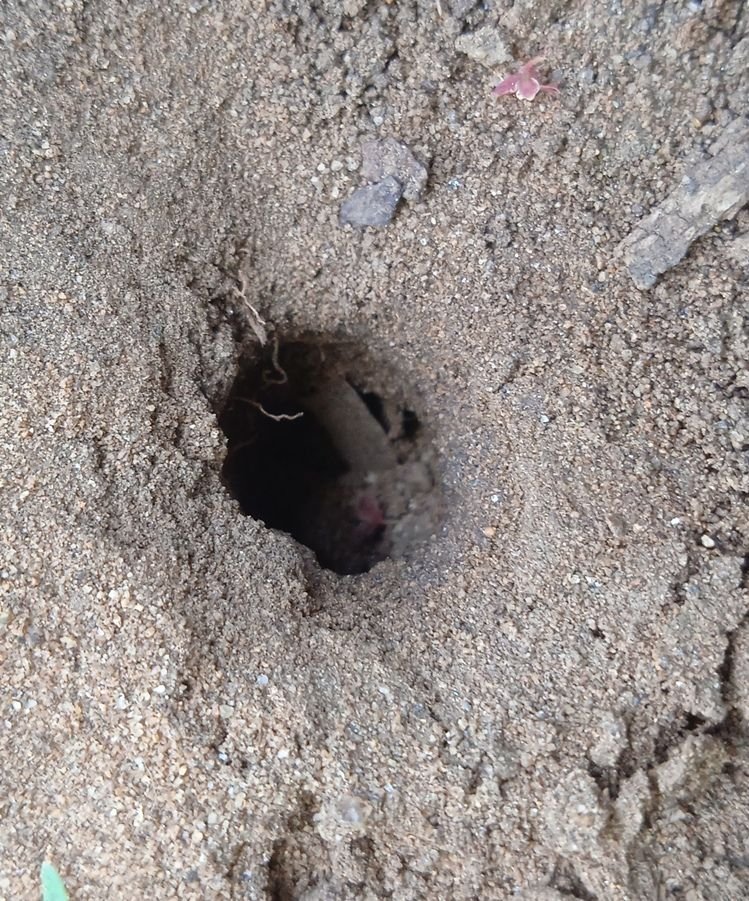

Here I end this post, which I did as a way to publicize these invaluable insects, such as bees and pollinators in general, without which life on the planet would hardly exist. I hope this information is useful for everyone.

Todas las fotos de este post son de mi autoría y fueron tomadas con mi teléfono Xiomi REDMI 8 A // These photos are my own, and were taken with a Xiomi REDMI 8 A phone
Los divisores son cortesía de @eve66 quien comparte bellos diseños que embellecen el maquetado de nuestras publicaciones. // The dividers used are courtesy of @eve66 who shares beautiful designs that embellish the layout of our post.
En caso de que se requiera utilizar el contenido o las imágenes de este post y de mis otras publicaciones, agradecería que se hiciera referencia a mi autoría (Fabiola Martínez) y se citara el enlace correspondiente. Gracias. // In case it is required to use the content or images of this post and of my other publications, I would appreciate if you could refer to my authorship (Fabiola Martínez) and cite the corresponding link. Thanks.


Find our community here.
Curation Trail

Saludos @sirenahippie, me alegra encontrar esta publicación, primera vez que leo sobre abejas que no producen miel y hacen su casa o colmena en la tierra.
Por cierto la lluvia ha sido benévola con tus plantas, tienen un color verde muy hermoso y lleno de vitalidad.
Bendiciones!
Hola, muchas gracias por pasar a visitarme en mi solar. Sí, yo tampoco había investigado mucho sobre estas abejas. La verdad no sé si estaré acertando en la identificación, pero todo apunta a que sí es esa especie. A mí me sorprendió también el saber, que aún cuando andan juntas, no forman enjambre y el hecho de que no produzcan miel. Si bien había leído de otras abejas, las abejas verdes que encontré en mi solar hace casi dos años, ahora la investigación fue un poco más lejos y pude conocer otras carácterísticas de estos valiosos insectos. Yo dejaré que vivan en el solar, porque aún cuando tienen ponzoña, y son grandes, no son agresivas, ya que me metí dentro del árbol a tomar las fotos, y lo que hacían era apartarse. Tampoco son agresivas con las meliponas, pues liban juntas. Y sí, las lluvias han sido generosas con mis plantas, espero que sigan siendo igual de amables. Saludos.